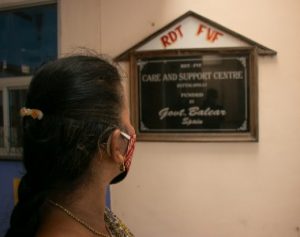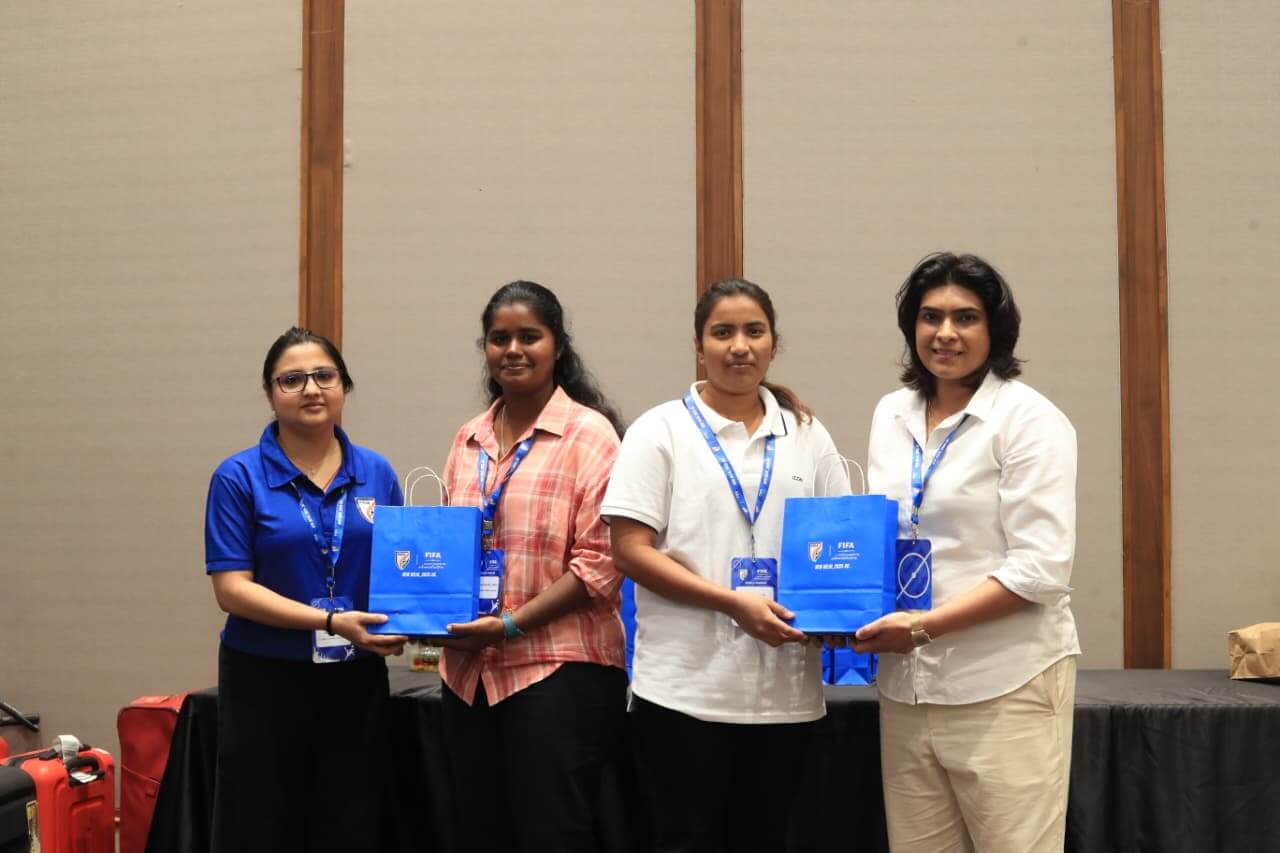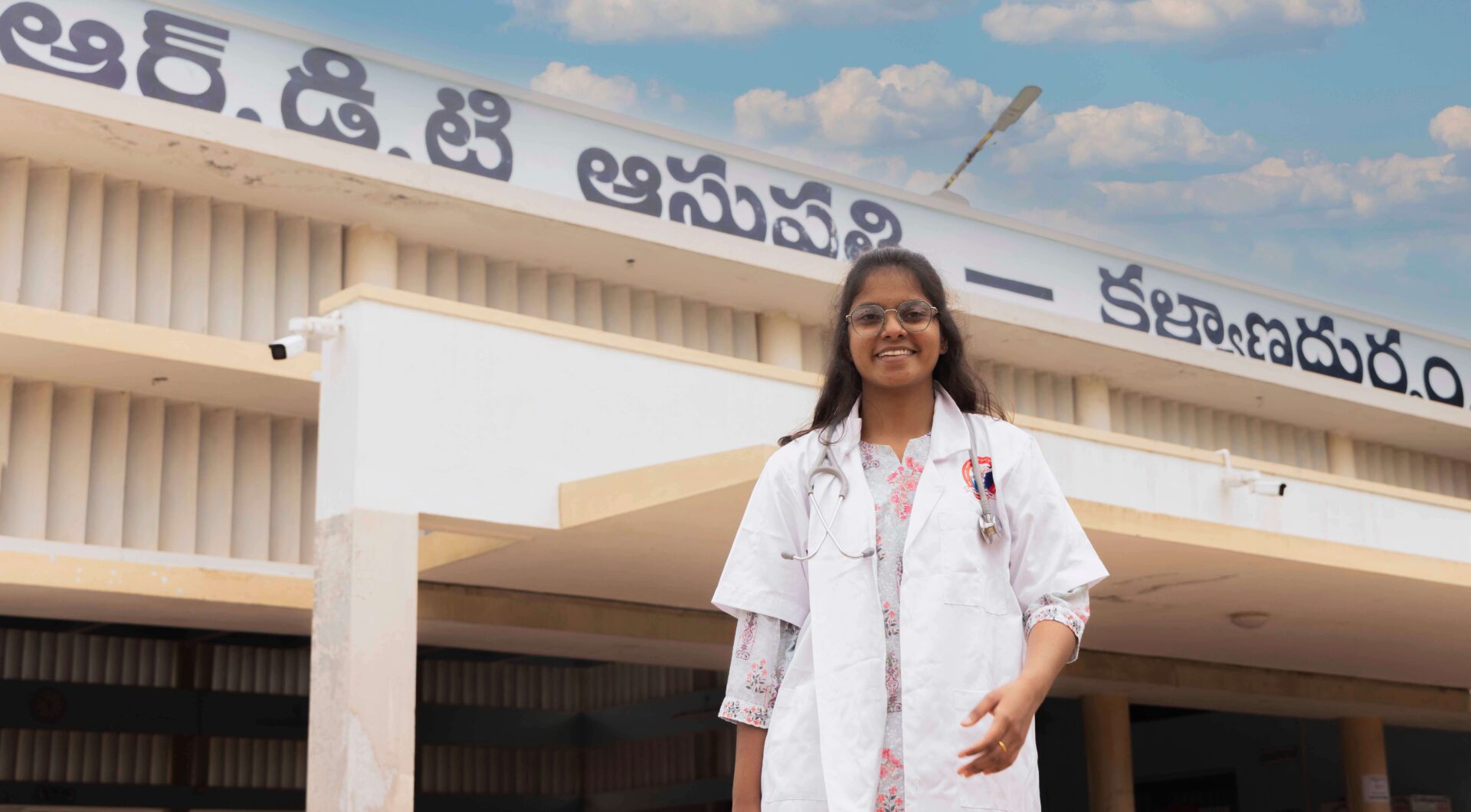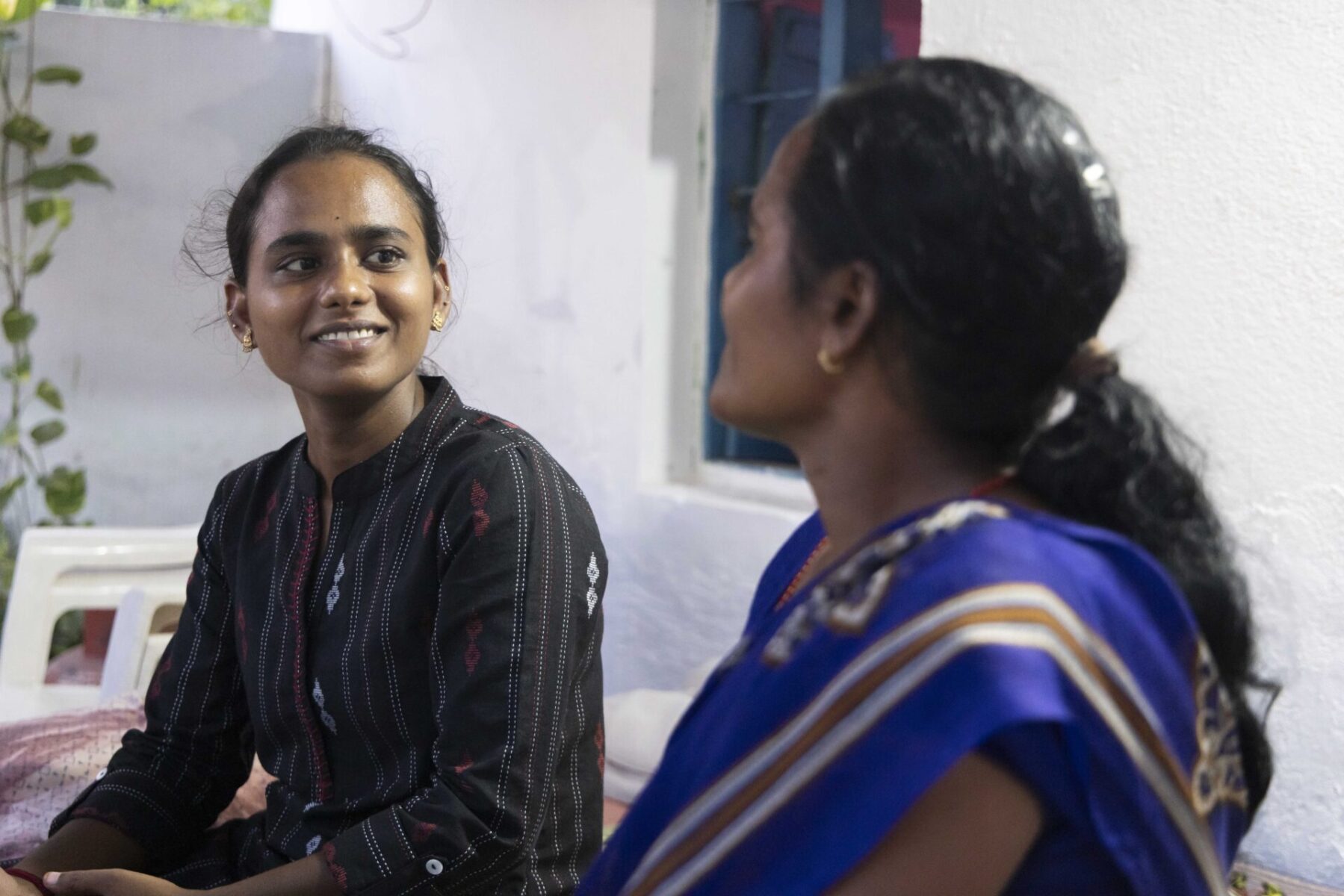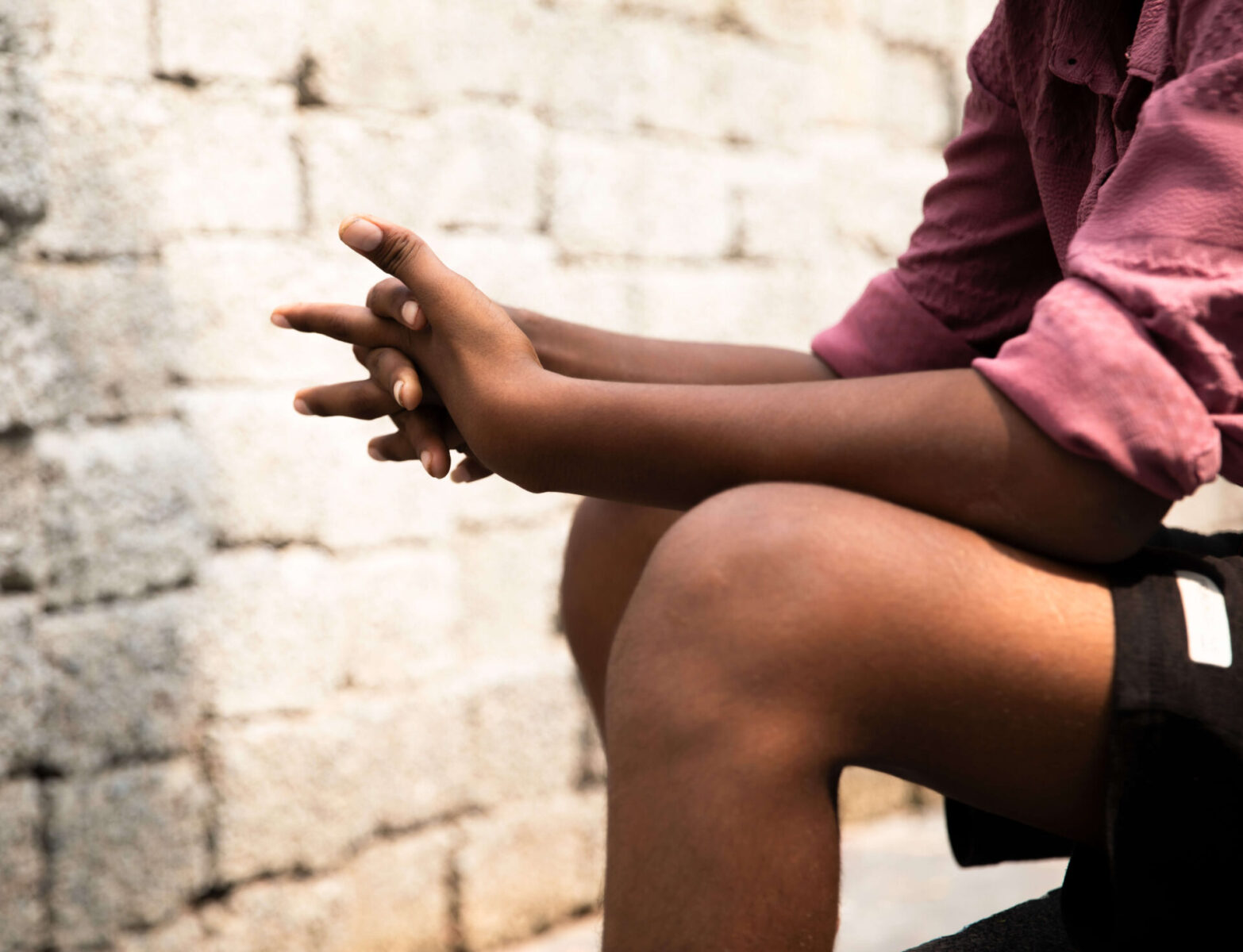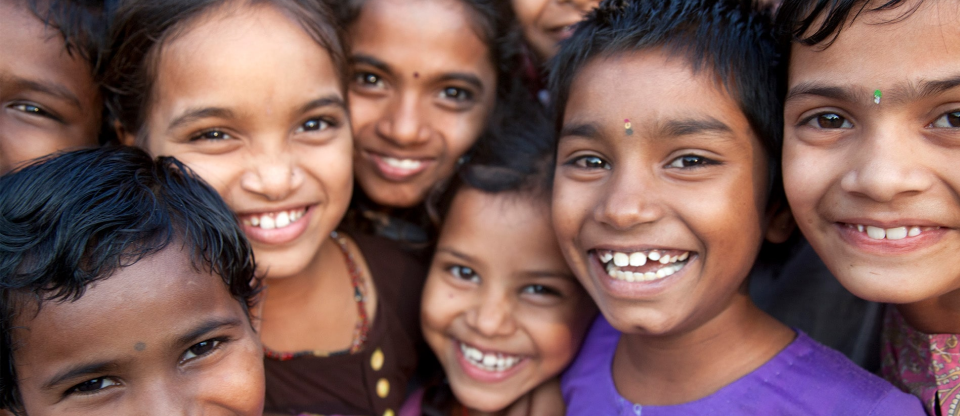Nikhi*, 23, has just reached RDT hospital for her monthly health check-up and counselling session. She is in the 8th month of her pregnancy and glowing. As soon as she enters the doctor’s office she knows what is going to be the first question: ´Are you taking your medication regularly? ´
She is HIV positive. She has been since she was born. Her mother transmitted the virus to her, unaware of her condition. “My mum died shortly after I was born due to aids, and so did my dad when I was 12”, explains Nikhi.

“HIV in India is a family disease. Usually the husband has to migrate to work and has extramarital relations without protection, and thus infects the wife, and she eventually transmits it to the newborn (vertical transmission). That´s why the number of HIV-positive children in India is relatively higher when compared with other countries”, remarks Dr Gerardo Alvarez Uría, director of RDT Hospital for Infectious Diseases (HID)**.
In 2017, India estimated that 145,000 children below 15 years of age were living with HIV/AIDS and about 22,000 new infections occurred annually. Children account for 7% of all the new HIV infections in the country, according to the Indian Institute of Public Health.
In 2006 and 2007, when RDT HID was newly inaugurated, they diagnosed a child with HIV everyday or every two days, which meant an average of 200 new children per year. In the last two years, the average number of HIV infected children diagnosed every year is below 20.
“The paediatrics ward of HID used to be full back then. A lot of children used to reach the hospital with serious complications, at a late stage of the disease”, remembers Dr Gerardo. Today, 15 years after, the scenario has radically changed. This is the result of a pioneering programme for the prevention of mother-to-child transmission (PMTCT) of HIV set up by the RDT medical team in 2011.
Since 2011, 1.120 HIV positive mothers have gone into labour in this hospital and the vertical transmission rate has been below 2%, similar to the rates achieved in Europe and USA. “It has been 10 years since we started this programme, and I can proudly say that we have almost achieved eradication of the vertical transmission, allowing many affected children to live free from the virus and have a full development”, remarks Dr Gerardo.
After the check-up with the doctor, Nikhi* visits Radha, HID Social Worker, who is there to assist her with any doubt or problem that she faces. “I grew up with this disease and it is not like other illnesses. This one is burdened by stigma and shame. I did not do anything wrong, but society ostracizes me for it. My parents-in-law are not talking to my husband because he decided to marry me regardless of me having HIV”, explains Nikhi*.
Until today, one of the main obstacles faced by the patients living with this virus is society’s stigma and discrimination.
“The first thing that pregnant women with HIV asks is: ‘How confident are you that my son will not have HIV?’. Today, thanks to the progresses made in our field we can confidently say, ´almost 100% ´as long as she takes her medication and follows the medical advice during pregnancy and the breastfeeding period,” explains Dr Manoranjan, Medical Doctor in the HID Hospital.

“Being able to show pregnant women that if they take the medication, their sons and daughters can be born HIV-free and they can still have a normal life changes everything, especially for those who find out about their condition when they are already pregnant”, explains Radha, RDT Social Worker in the HID.
Parvathi* got to know that she was HIV positive in 2006, after her three-year-old daughter got very sick and the whole family was tested in the hospital. “My husband, who died few months later, transmitted the disease to me. My first thought when they told me was ´I am going to die´. At that time, I was at the early stages of my second pregnancy. I immediately started the medication but then I became very sick. The hospital staff told me that I would not survive and referred me to RDT Hospital instead“, she recalls.

However, thanks to the treatment, Parvathi became stronger day after day and her second daughter was born HIV-free. “My older daughter, today a teenager, refuses to take the medication. She is ashamed of her condition and blames me for it. But at least I know that I did everything possible to avoid it for the second one”, adds Parvathi, unable to contain her tears, while talking to Radha about the rebellious attitude of the older daughter.

“The shame and guilt of having transmitted the disease to their children accompany these women for the rest of their lives. It does not matter how many times you counsel them that it is not their fault. Everyone around them blames them for it, and the situation is especially challenging when their children become teenagers”, explains Rhada.
Rathna*, suffered the same fate as Parvathi. “I did not know anything about the disease until I was diagnosed after going to the hospital for excessive bleeding after suffering a miscarriage. The only thing I could think about was my 8 months old daughter“. The neighbour who accompanied her to the hospital the day when she was diagnosed told everyone about her condition. Rathna and her daughter could never again set foot in her village.

“Effective utilization of Prevention of Mother to Child Transmission Programme plays a vital role in reducing the spread of HIV/Aids and enables children born from positive mothers to lead a normal life. It is for us one of the most successful programmes. However, we still have a long way to go when it comes to defeating the stigma that engulfs these patients and their families”, concludes Dr Gerardo.
*The names and personal identifying details have been changed to protect the privacy of individuals.
**RDT Hospital for Infectious Diseases’s strategy is aligned with the NACO National Strategic Plan on HIV/AIDS and STI, 2017-24 and 2030 Goals: Pave the way for an AIDS-free India through attaining universal coverage of HIV prevention, treatment and continuum of services that are effective, inclusive, equitable and adapted to needs.
Text: Aina Valldaura
Photo: Vasu Kalavapalli

